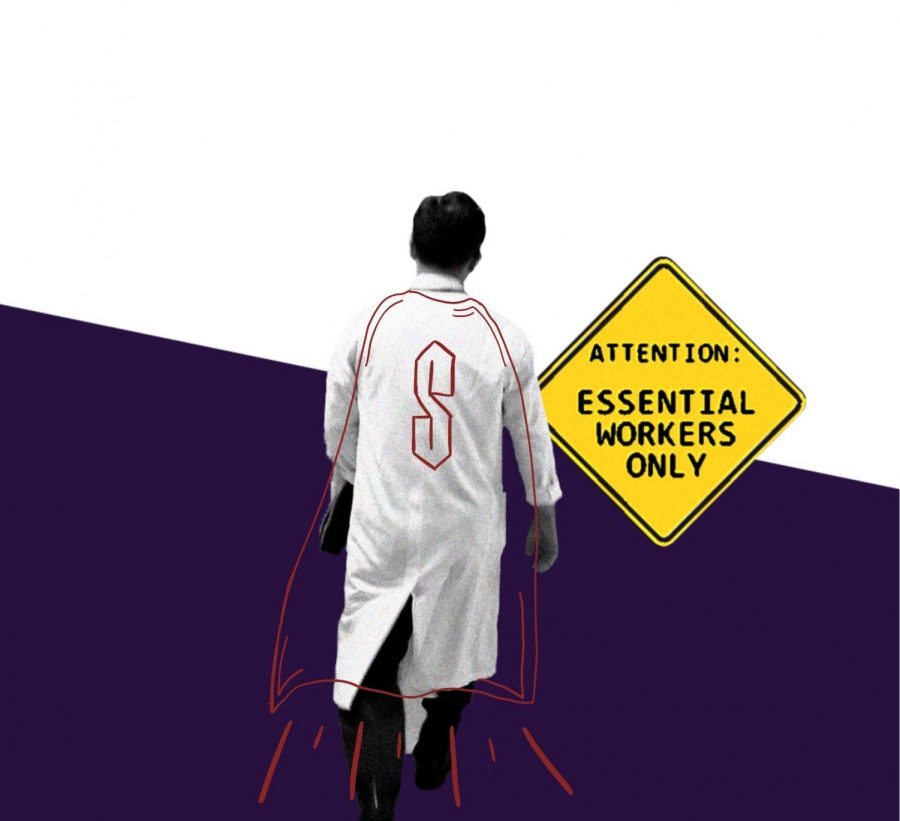Sometimes I wonder what it would be like to have that innate sense of place that food gives people. Growing up in the United States, I’ve lamented our perceived lack of national cuisine. I didn’t grow up in the South with nostalgia for grits and watermelon, or in Maine where seafood dominates the dinner plate, or even in New York City where I could have developed a loving relationship with street food on a stick. I grew up in suburban St. Louis, where, for the first 10 years of my life, my favorite food was white rice with butter and parmesan cheese from a green canister.
In “Everything but the Squeal: Eating the Whole Hog in Northern Spain,” novelist John Barlow embarks on a yearlong journey to discover the finer points of pork eating in Galicia, a region of Spain, where he lives with his Galician wife and half-Galician child. The towns each possess their own techniques, their own types of cocido, a pork and garbanzo bean stew; their own unique tapas of prosciutto and cooked feet; even different ways of marinating pig organs inside the stomach.
And they are all profoundly proud of their culinary tradition. They have their own festivals honoring these dishes: In one town, there is an annual cocido festival, where the ingredients are cooked for days in large dumpsters. Then, on the eve of the festival, the piggy stew is swarmed by eager Galicians already on their fifth glass of Ruido. In the far west, near Portugal, one town managed to maintain its Carnival tradition throughout the reign of Franco, and now the occasion is more honored than ever: On the “Dirty Day,” the town crowds the streets in a chaotic revelry of alcohol, ash-throwing and showers of dirt riddled with angry fire-ants that have been tossed in the air above the crowd. In the end, a large pig head is brought into the street, and the entire mass claws for greasy pieces of cheek fat.
In Galicia, and in many other places, food is a part of who they are. Barlow recounts how conversations about food could go on for hours; sometimes, during their long dinners, that was all they would talk about. They grew up learning about food; it wasn’t necessarily something they thought about all the time, but it was inherent to who they were. Nobody questioned whether you knew the etiquette to enduring long feast meals, or what kind of wine to drink with fried Manchego cheese. They all simply did, because that was natural.
Michael Pollan gives an overwhelming account of how alienated many Americans are from their food, and how we lack a strong food culture that dictates when, where and how much to eat; much of his “In Defense of Food” concerns this very issue. When I read books like Barlow’s, though, I really feel a sense of longing to be a part of a culture with such a rich food history. Any creature can eat what it finds, but part of the uniqueness of being human is that we have mastered eating into an art. We have learned to grow food that tastes good, and for those of us privileged enough, we have been able to come up with inventive, creative ways of using those foods.
Also, many of the dishes popular in areas have a strong background in history. Chefs never visualized cocido in a pristine kitchen; rather, it is a stew that makes use of tough parts of the pig, allowing much food that would otherwise be thrown out to slow-cook for days and transform into a staple of the regional cuisine. There is history in a McDonald’s meal, sure, but it is more disconnected from real people. Our grandparents didn’t make McDonalds from scratch—it was invented in a laboratory, or something. We were mere consumers of it, rather than actively shaping it. And really, when it comes down to it, what is there to be proud of in that?
There is an American cuisine, and many people are trying to bring it back. There used to be forests of apple trees, many used for cider. The organic farm I worked on in Oregon had an orchard of rare heirloom breeds. Our land was rich in foodstuff: chestnuts, quince, peanuts, squash, real corn (brown, small-grained; not the sugary fluff we now produce). We had bison, deer and turkeys. Before we dominated everything with our cattle factories and corn monocultures and cities of industry, we had it all.
Perhaps we will never have dirt-throwing, bison-eating parties, but it’s about time we reclaim some of that history.
Roberta Singer is a senior in the College of Arts and Sciences.










